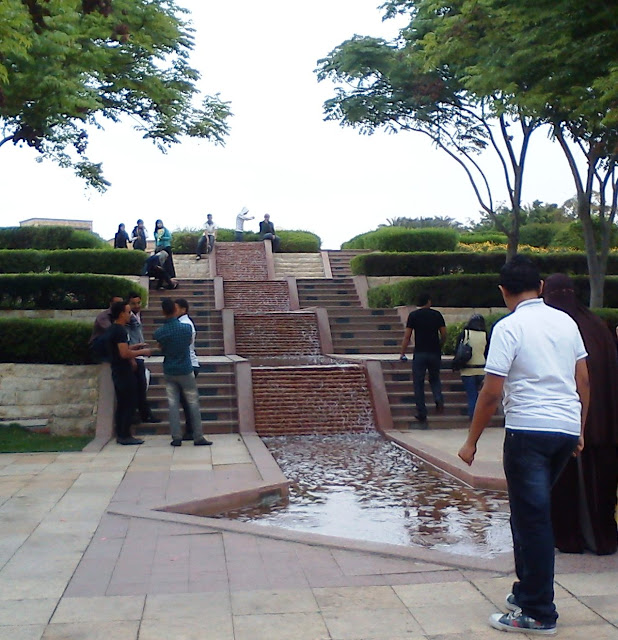Woke up this morning – no sunshine in Cairo! This was the kind of day I had been waiting for, a day-trip to the jewel of Cairo that hardly any tourists know about – Al Azhar Park!


In 1984 the Aga Khan decided to build a park for the people of Cairo. The only suitable central location was a rubbish/rubble dump near the 15th century “City of the Dead”. The site was transformed into what is today a most wonderfully designed relaxing space covering 74 acres. It has water features, a lake, unique restaurants, hilltops, winding walk ways, exotic flowers, mature trees, a children’s play area, lots of seating in tranquil, intimate settings. Al Azhar is a must-visit retreat for anyone with spare time in Cairo, especially if you want to get away from the noise and traffic.


Entry fee is only 5 LE. I spent about 4 hours wandering around there today – only left because it started to rain! Surrounded by the lush lawns, hills, trees and flowers I forgot I was in Cairo for those hours and could have been back home in Ireland.





You can see Salahadin’s Citadel at the end of the avenue





Comments
Post a Comment